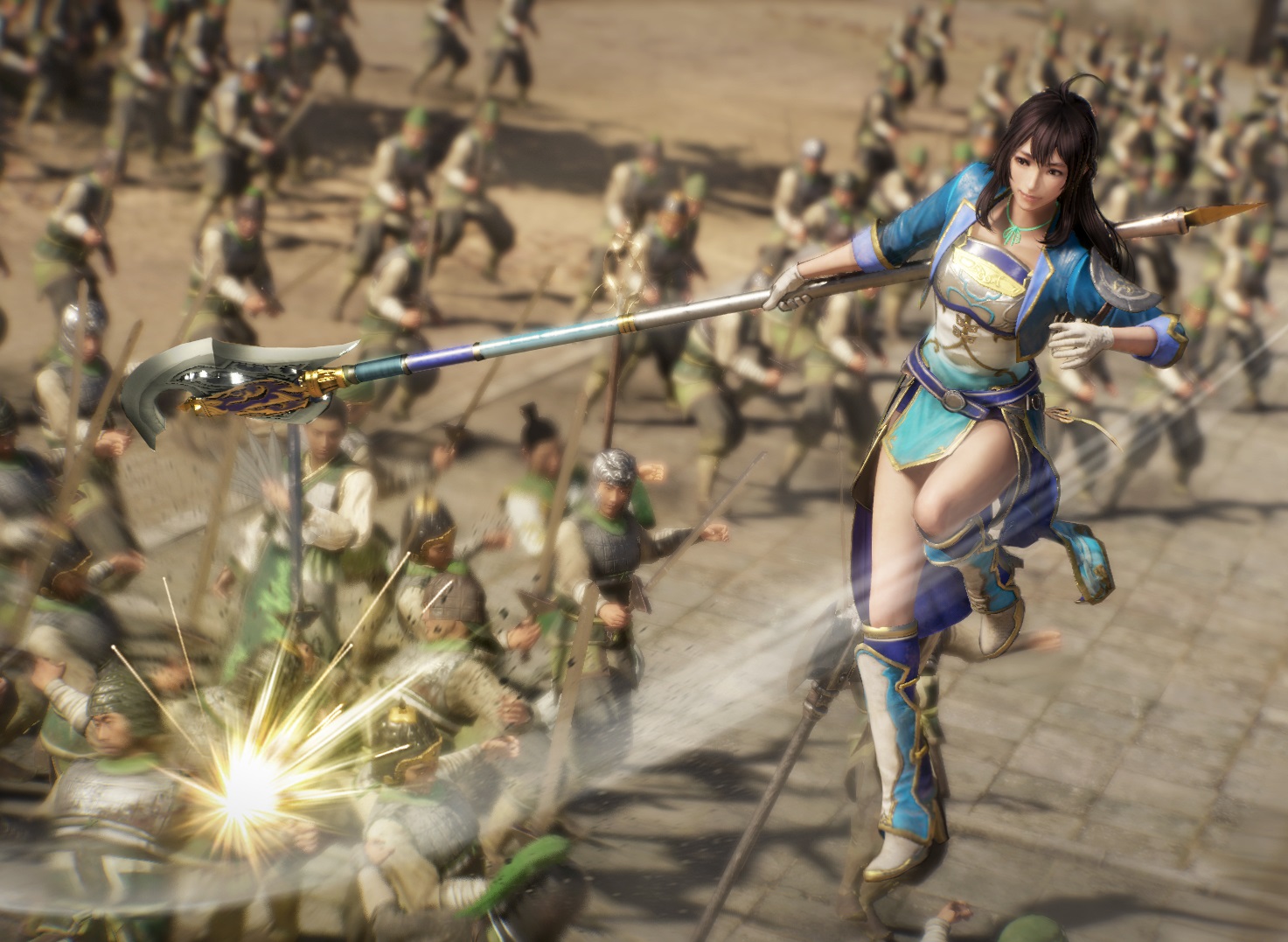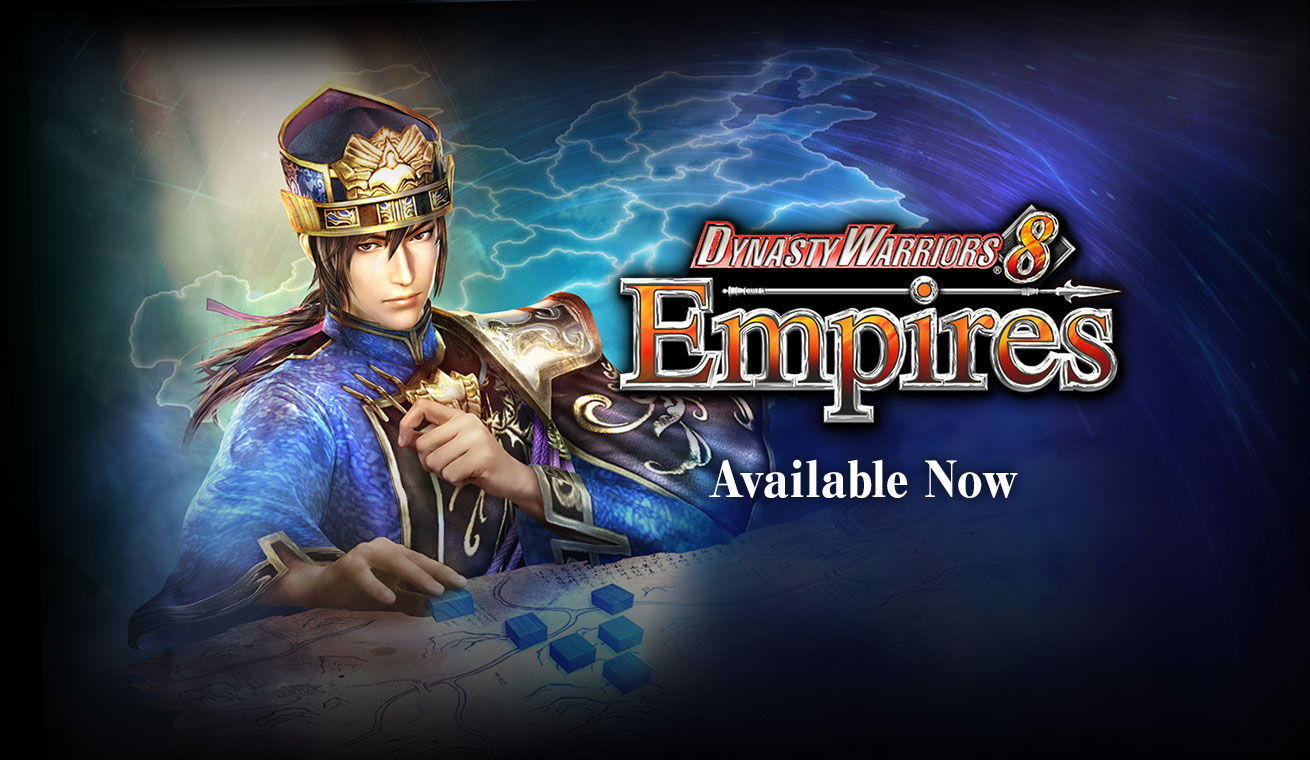
With Hyper Threading enabled, we were able to get a constant 60fps experience, no matter what was going on on-screen and even in huge battles. Our simulated dual-core system was unable to offer a constant 60fps experience with Hyper Threading disabled, though it did run the game better than current-gen consoles.


For our CPU benchmarks, we used the game’s max settings but lowered our resolution to 720p and completely disabled anti-aliasing (so we were not bottlenecked by our GTX980Ti). Surprisingly enough, and even though this is an open-world game with lots of enemies on screen, the game does not require a powerful CPU. In order to find out how the game performs on a variety of CPUs, we simulated a dual-core and a quad-core CPU. Players can also enable/disable Anti-aliasing, Depth of Field, Volumetric Fog, Global Illumination, Particles, Decals and Tessellation. PC gamers can adjust the quality of Characters, Fog Distance, Graphic Detail, Textures, Texture Filtering, Ambient Occlusion, Reflections, Dynamic Shadows and Grass. KOEI Tecmo has implemented a respectable amount of graphics settings. Since the game requires a powerful GPU and NVIDIA has not included any SLI profile for this game in its latest drivers, we did not test our GTX690.


And since it’s been almost three weeks ago since its release – and after receiving two patches – it’s time to benchmark it and see how it performs on the PC platform.įor this PC Performance Analysis, we used an Intel i7 4930K (overclocked at 4.2Ghz) with 8GB RAM, AMD’s Radeon RX580 and NVIDIA’s GTX980Ti, Windows 10 64-bit and the latest version of the GeForce and Catalyst drivers. As such, and since the game underperformed on all platforms, we’ve decided to give KOEI Tecmo some time in order to improve overall performance. When Dynasty Warriors 9 hit the PC on February 13th, we were really disappointed with its initial performance.


 0 kommentar(er)
0 kommentar(er)
